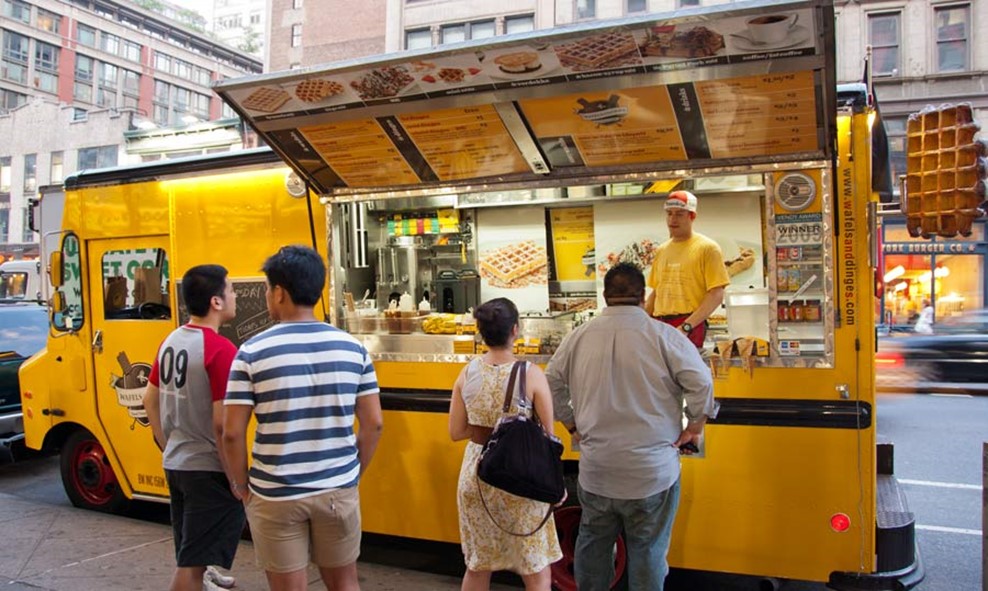How Food Trucks Decide Where To Locate
November 12, 2015 in Daily Bulletin

Professionals at The University of Chicago Booth School of Business discussed the considerations that go into food truck locations:
- If there are two identical food trucks selling food on a beach, then customers will go to whichever food truck is closest.
- Therefore, to maximize sales, the trucks should locate next to each other. The one on the right will get all the customers on the right, and the one on the left will get all the customers on the left. This helps explain why food trucks seem to cluster together.
- Another reason is supply induced demand. As with food courts, being in close proximity to other eateries increases competition, but the variety of options is a big draw for consumers and increases demand.
- The aim, then, is to be one of many food trucks in a group, but to be the only food truck selling a specific type of food.
- Food trucks don’t want to be destinations themselves. They want to be part of people’s everyday experiences. Expect to see them clustered at subway stations where multiple subway lines meet and foot traffic is high.
- On weekends they may go to the parks in the morning since those with dogs have to get up to walk them, and yoga enthusiasts will be milling about too.
- Regulations play a big role in determining location. Chicago, for example, bans food trucks within 200 feet of most restaurants and food stores. Within such limitations there are only a few profitable locations left.
Read other food truck considerations over here.
Source: The University of Chicago Booth School of Business
Via: Marginal Revolution
Join the Discussion! (No Signup Required)